First created by renowned jeweler Pierre-Karl Fabergé for the Russian royal family, the Fabergé eggs are some of the most expensive Easter eggs in the world.
Those who celebrate Easter are probably familiar with the tradition of giving or hiding “Easter eggs” with little surprises inside them, such as sweets or small toys. It’s a well-loved practice among younger children, and a source of nostalgia for adults.
In the 1800s, the Russian royal family started their own opulent rendition of this tradition, which gave way to the creation of inimitable works of art.
Gifts Made for Royalty
During an 1882 exhibition held in Moscow, acclaimed jeweler Peter Carl Fabergé created a replica of a fourth century B.C. gold bracelet that so closely resembled the original, Tsar Alexander III couldn’t differentiate them. This left quite the impression on the Russian monarch, who made Fabergé an esteemed supplier of the Imperial Court in 1884.
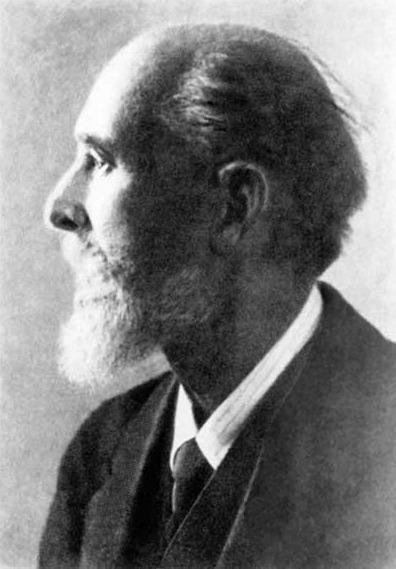
Just a year after, the tsar commissioned Fabergé to create an ornate egg as a gift for his wife and tsarina, Marie Fedorovna. Its design and construction was minimalistic but luxurious; the egg itself was made of a white enamel, and inside it was a gold ball that contained a golden hen with a replica of the imperial crown (though the crown is currently missing from the piece).
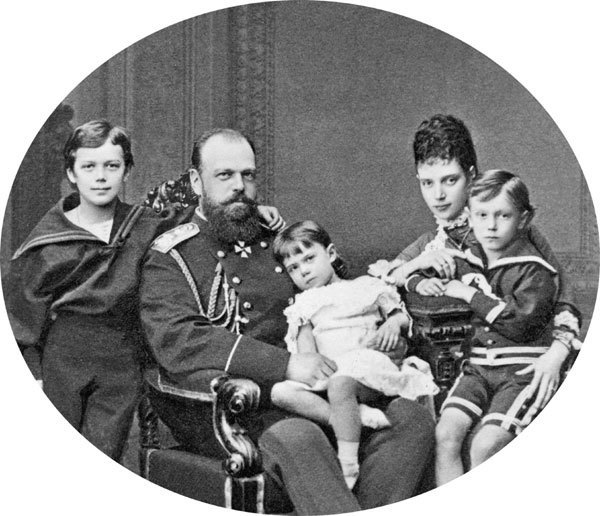
Known as the “Hen Egg,” the novel creation pleased the tsar so much that he started an intimate tradition of gifting Fabergé eggs to the wives and mothers of the royal family. The practice was passed down to his son, Tsar Nicholas II, and was continued until the 1917 Russian Revolution.

Historical Fine Art
To escape persecution during the revolution, Fabergé fled the country and settled down in Switzerland, where he eventually passed away at the age of 74 in 1920. While the legendary jeweler has been gone for years, his heirs are currently running the prestigious Fabergé company, which continues to create valuable bespoke eggs and “egg pendants” as homage to their origins.
Of course, the older Fabergé eggs created for the Russian monarchs are unique and filled with rich history—which is exactly why they’re valued at high prices. It’s estimated that a total of around 50 imperial eggs were created by Fabergé.
A fair number of pieces were lost amidst the turmoil of the Russian Revolution; some found their way to collectors’ circles and museums, while others remain missing. As far as historians know, there are currently 43 eggs in existence, but the number may grow as more missing pieces are discovered.
Three of the Most Valuable Imperial Fabergé Eggs
Most Fabergé eggs fetch for exorbitant amounts, especially those previously owned by the Russian royal family. The iconic “Hen Egg”—valued at $6 million and usually displayed in the Fabergé Museum of Saint Petersburg—deserves a special place in the list of prized imperial eggs. Even if it isn’t the most expensive egg among the limited pieces, it was the one that started it all.
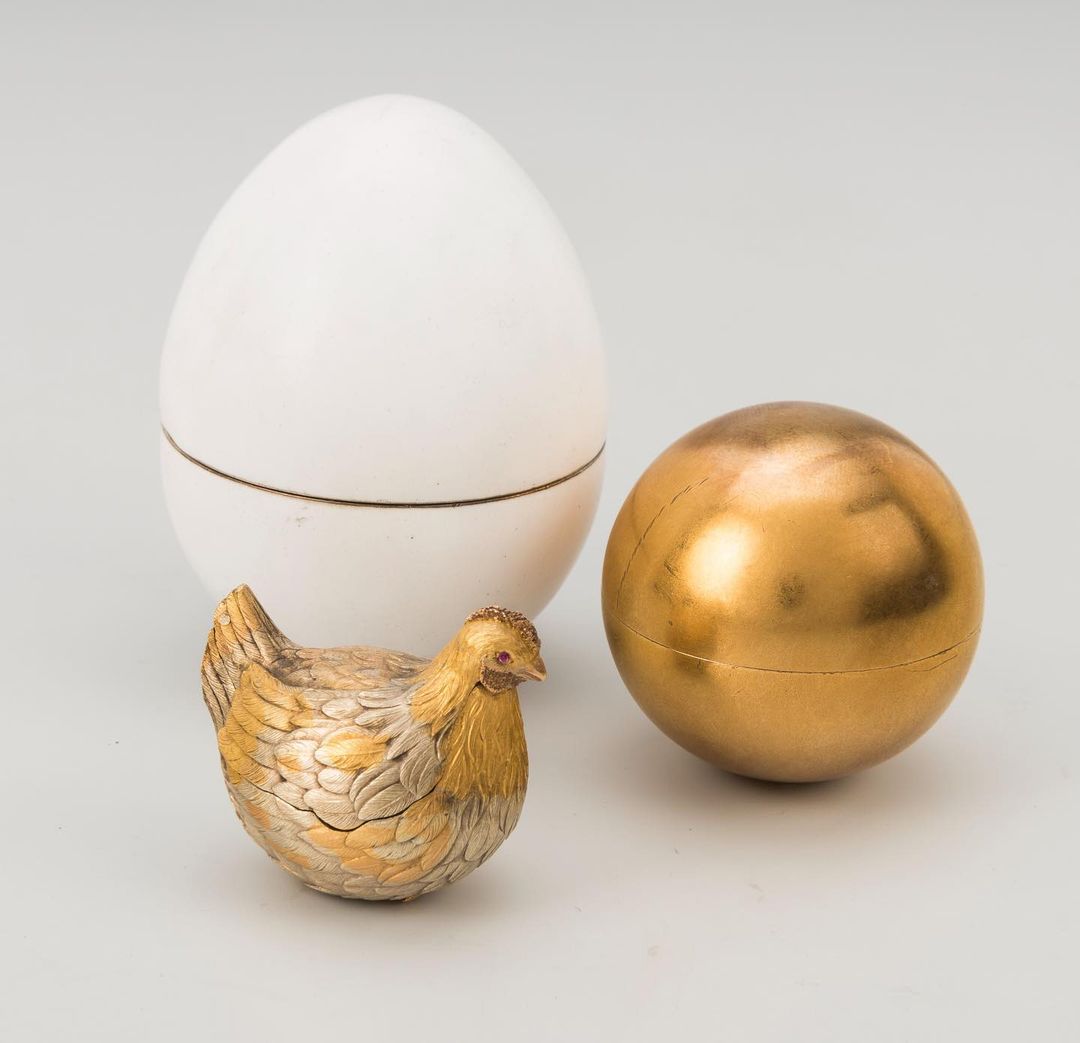
For the curious, below are five of the most precious imperial eggs today:
Third Imperial Easter Egg
The “Third Imperial Easter Egg” is the most expensive Fabergé egg to date—and it was only recently discovered. Valued at $33 million, the egg was found by a flea market scrap metal dealer in 2012, who recognized its worth and sold it to an unnamed collector in 2014.

Made from solid 18K gold, the egg is covered in diamonds and sapphires, and supported by a stand with lion-paw legs. Upon pressing a diamond clasp at the front, one will find a Vacheron-Constantin lady’s watch with diamond-set hands—one of the extravagant surprises usually found within these gifts. The egg was commissioned by Tsar Alexander III as an Easter present for his wife Maria Fyodorovna.
The Imperial Coronation Egg
Commissioned by Tsar Nicholas II for Tsarina Alexandra Fyodorovna, the “Imperial Coronation Egg” is a work of pure craftsmanship. The exterior was designed to replicate the golden robe worn by the tsarina during her coronation, and is made from gold and yellow enamel encrusted with diamonds.
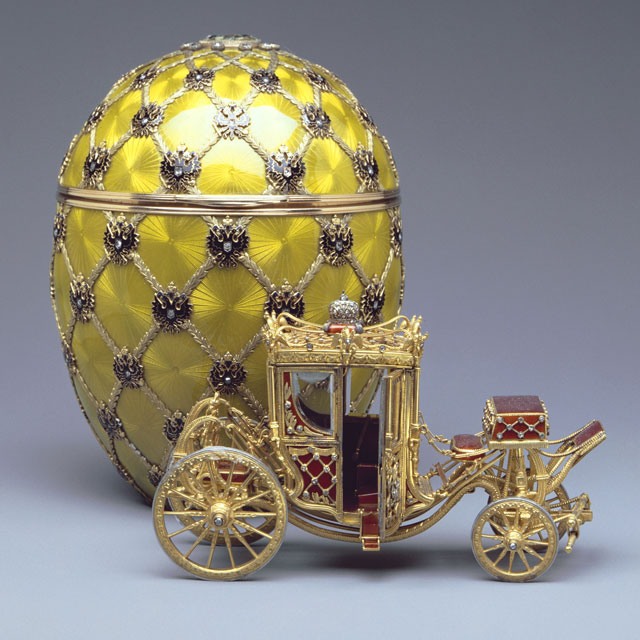
The interior of the egg is lined with plush velvet, and contains a miniature coronation coach that’s decorated with the Imperial Crown and six eagles. The coach even features moving wheels, opening doors, and a folding step stair—a testament to the amount of detail found in each of Fabergé’s works of art.
The egg is currently valued at $18 million, and has been showcased in the Hermitage Museum of Saint Petersburg a number of times. It’s currently owned by billionaire Viktor Vekselberg, who occasionally lends it out for other exhibitions.
The Bay Tree Egg
Worth $15 million, the “Bay Tree Egg” was commissioned by Tsar Nicholas II in 1911 as a gift for his mother, Dowager Empress Maria Fyodorovna. One will notice that the egg is actually shaped like a bay tree, hence the name.
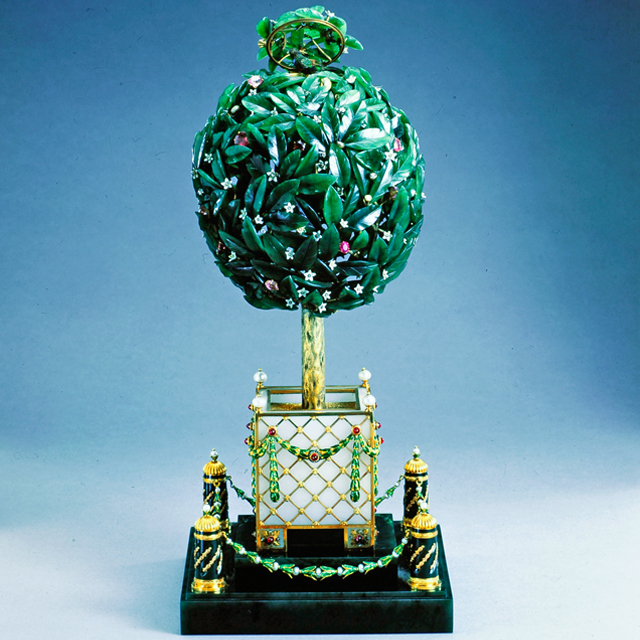
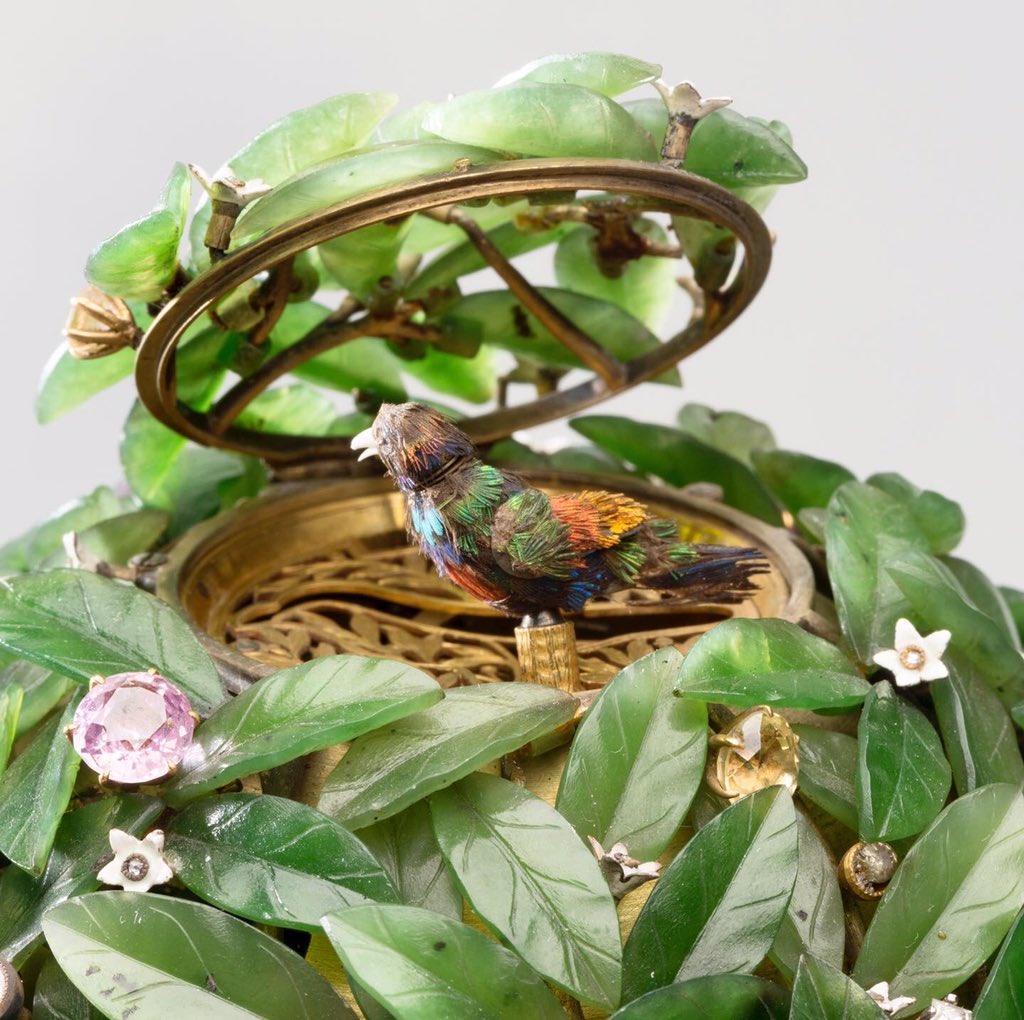
Covered in nephrite shells, diamonds, rubies, amethysts, and pearls, the intricate gift opens when a lever (cleverly disguised as a fruit) is turned. Staying true to the visual theme, what lies within it is a shining songbird statuette. The egg is currently displayed in the Fabergé Museum of Saint Petersburg.
The Lilies of the Valley Egg
The “Lilies of the Valley Egg” is one of two Fabergé creations with an Art Nouveau style. Valued at $13 million, the egg was another gift created in 1898 for Tsar Nicholas II’s wife.


Its name comes from the dainty lily of the valley flowers made of diamonds, rubies, and pearls, which cover the egg’s pink enamel casing. The piece is supported by four golden legs, and reveals delicate ivory portraits of the tsar and his two oldest daughters (Grand Duchesses Olga and Tatiana) when a pearl button is turned.
Like the “Imperial Coronation Egg,” the piece belongs to Viktor Vekselberg’s collection, but is displayed in the Fabergé Museum of Saint Petersburg.
The Fifteenth Anniversary Egg
Priced at around $12 million to $15 million, the “Fifteenth Anniversary Egg” was created to commemorate the fifteenth anniversary of Tsar Nicholas II’s coronation. Its elegant exterior is made from gold, white, and green enamel, and is decorated with diamonds.
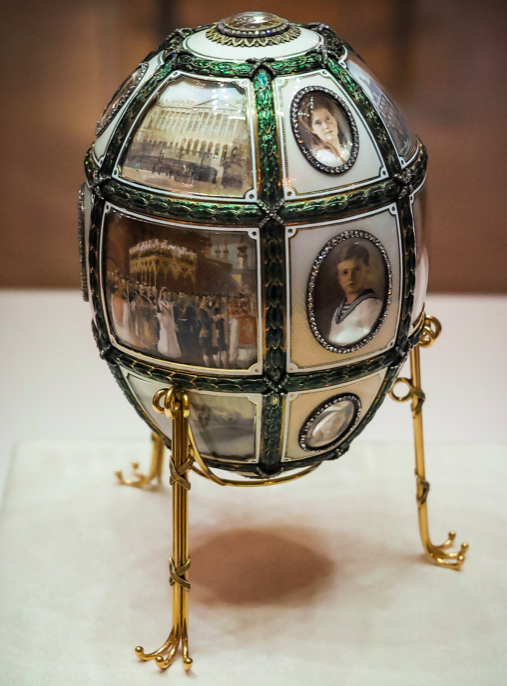
At the forefront of its design is a mosaic of 16 paintings that feature the tsar’s loved ones and milestones. The most peculiar aspect of the egg is its lack of “surprise” inside. Experts believe that the piece was never intended to contain a surprise from the beginning. Much like the other eggs in this list, the royal treasure is on display at the Fabergé Museum of Saint Petersburg.
Banner Photo from Fabergé’s official website.





